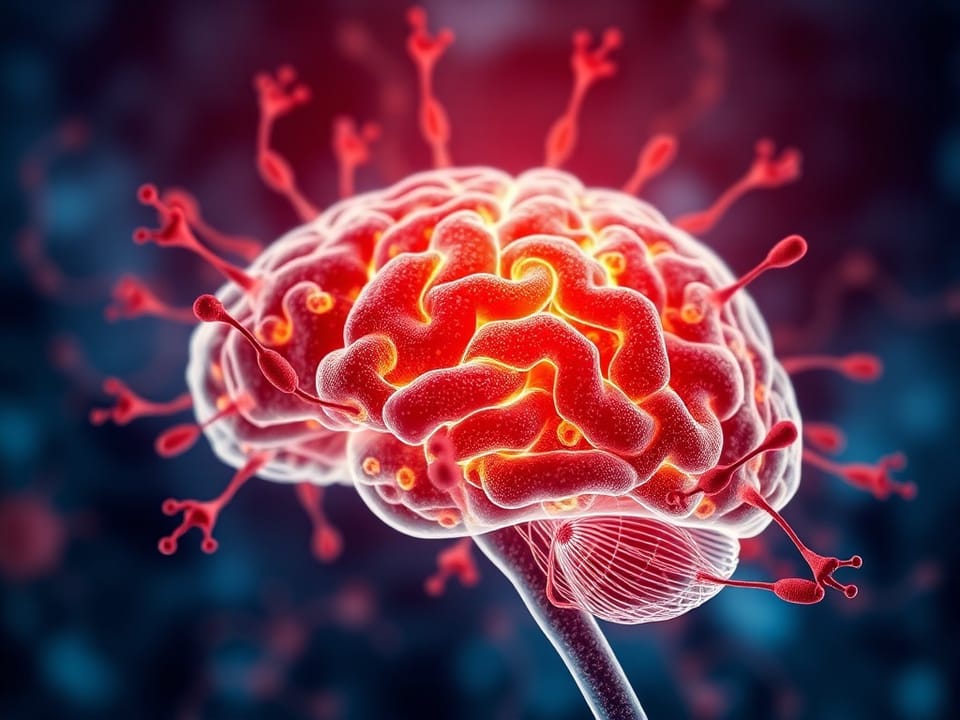How receptors work in the brain

❕
This post has been co-written with Claude 3.5 Sonnet during a conversation, and has been formatted and edited for publishing at the end of said conversation.
Imagine the human body as a vast city full of buildings (cells). Each building has numerous special entrance doors (receptors) of various shapes and sizes. These doors aren't simple locks, but advanced and intelligent security systems (protein receptors).
- Perfect Keys (full agonists):
They fit perfectly and fully open the door, activating all systems inside the building. Example: adrenaline in its receptors, like a master key that activates all "alert" systems. - Partial Keys (partial agonists):
Only partially open the door, activating only some systems. Example: buprenorphine in opioid receptors, which activates only part of the analgesic systems. - Blocking Keys (antagonists):
Enter the lock but don't open it, blocking it for other keys. Example: naloxone in opioid receptors, preventing access to opioids. - Smart Keys (allosteric modulators):
Don't directly open the door but change its shape, making it easier or harder for other keys to open. Example: benzodiazepines on GABA receptors. - Dynamic Doors (receptor conformational states):
Doors constantly change shape. Some keys prefer and stabilize a specific door shape. - Internal Alarm System (signal transduction):
Door opening activates an alarm system that sends signals throughout the building, causing various cellular responses. - Door Maintenance (receptor regulation):
If a door is opened too often, it can be temporarily removed (desensitization) or more similar doors can be added (upregulation). - Natural "Master" Keys (endocannabinoids, endorphins):
Produced by the city for regular maintenance, they fit perfectly and are created only when needed. - External Keys (drugs, medications):
Not produced by the city, they can open doors in similar or different ways compared to natural keys, sometimes with unexpected effects. - Selective Keys (selective ligands):
Designed to open only one specific type of door. Example: nebivolol, which opens only "cardiac doors" (beta-1 receptors) without touching "respiratory doors" (beta-2 receptors). - Lock Competition (competitive antagonism):
Different keys try to enter the same lock, but only one succeeds. Example: caffeine competing with adenosine, preventing the "sleep key" from entering. - Multi-Lock Doors (receptors with multiple sites):
Some doors require multiple locks to be opened. Example: NMDA glutamate receptors, needing both glutamate and glycine to fully open. - Universal vs Specific Keys:
- Universal: acetylcholine, opening many different doors in various city "departments."
- Specific: serotonin, primarily opening doors in "mood departments."
- Opposite Effect Keys:
Histamine opens some doors in blood vessels, causing dilation, while noradrenaline closes them, causing constriction. - Sustained Release Keys:
Enter the lock slowly and stay blocked for a long time. Example: insulin glargine. - Shape-Changing Keys (prodrugs):
Change shape once inside the building. Example: levodopa, which transforms into dopamine in the brain. - Adjustable Alarm System (sensitization and desensitization):
Repeated use of certain keys can make the system more sensitive (as with stimulants) or less reactive (opioid tolerance). - Hidden Doors (intracellular receptors):
Some keys must enter the building to find internal doors. Example: steroid hormones reaching receptors inside the cell.
This extended analogy illustrates the complexity and diversity of molecule-receptor interactions in the human body, covering concepts such as agonism, antagonism, selectivity, competition, and various mechanisms of cellular regulation and signaling.

Comments ()